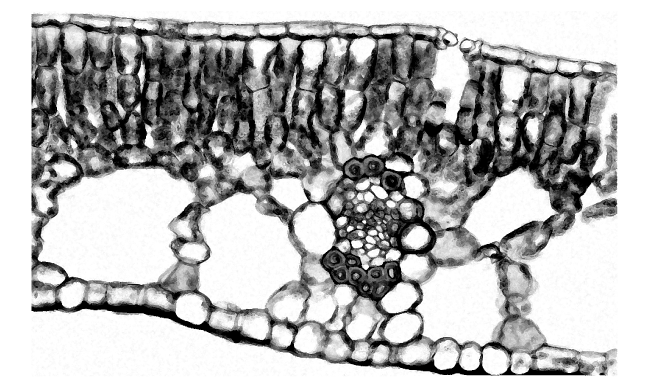Selective breeding of animals is very important to farmers.
Many different breeds of sheep have been produced by selective breeding.
Fig. 1 shows a flock of Merino sheep. This breed of sheep was produced by selective breeding.

Fig. 1
Sheep are important animals in many parts of the world as they produce meat, wool and milk.
Table 1 describes some characteristics of five different breeds of sheep.
Table 1
| breed of sheep |
wool yield |
wool quality |
meat yield |
milk yield |
| Arapawa |
average |
good |
poor |
average |
| Awassi |
average |
poor |
average |
very good |
| Blackbelly |
poor |
poor |
very good |
average |
| Merino |
good |
very good |
good |
poor |
| Tsurcana |
average |
good |
average |
average |
A farmer wants to sell both meat and wool.
Suggest which breed of sheep in Table 1 is the most suitable for this farmer.
Give a reason for your choice.














